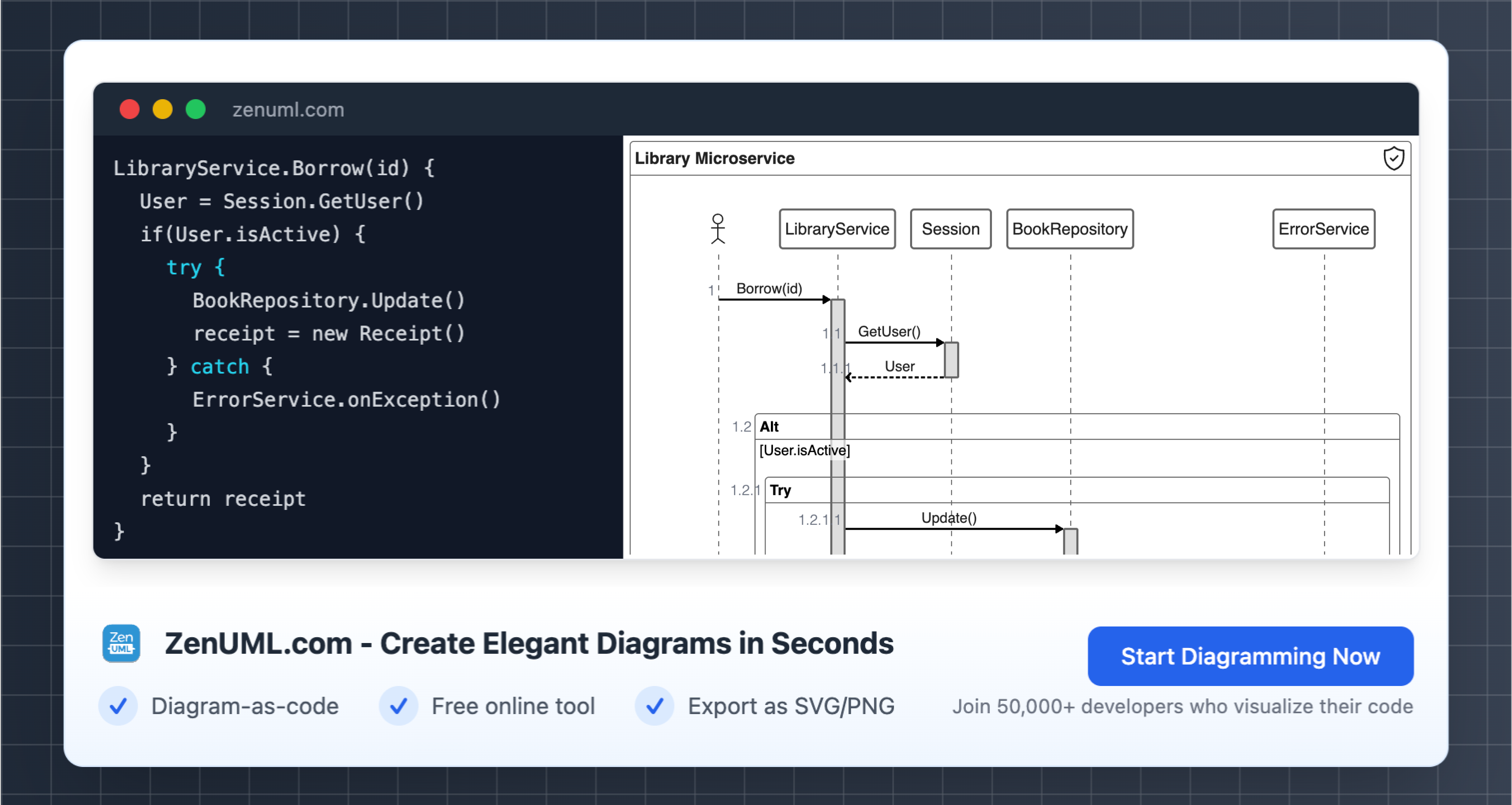Introduction
In the world of software development, understanding and effectively implementing control flow structures is a crucial skill. One such fundamental control flow structure is the if-else logic, which allows programmers to make decisions based on specific conditions. To better visualize and comprehend the execution of this logic, sequence diagrams can be a powerful tool.
Sequence diagrams, a part of the Unified Modeling Language (UML), are a graphical representation of the dynamic behavior of a system. They depict the interaction between different entities, known as "actors," and the messages exchanged between them over time. By leveraging sequence diagrams, developers can gain a deeper understanding of the flow of control and decision-making processes within their applications.
In this blog post, we will explore the intricacies of if-else logic and how to effectively represent it using sequence diagrams. We will delve into practical examples, provide step-by-step guidance, and showcase the benefits of this approach.

